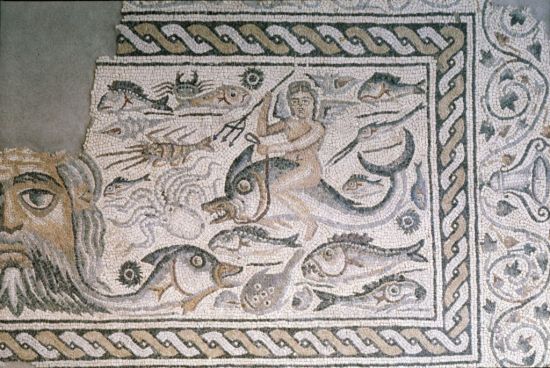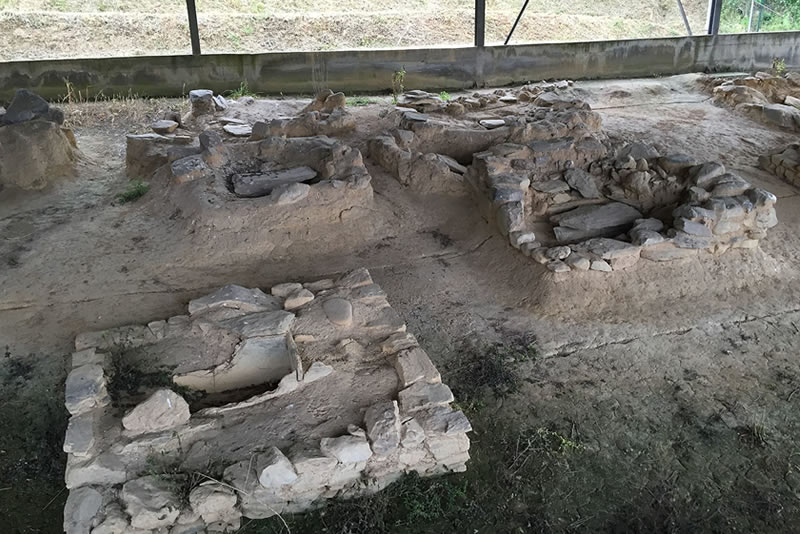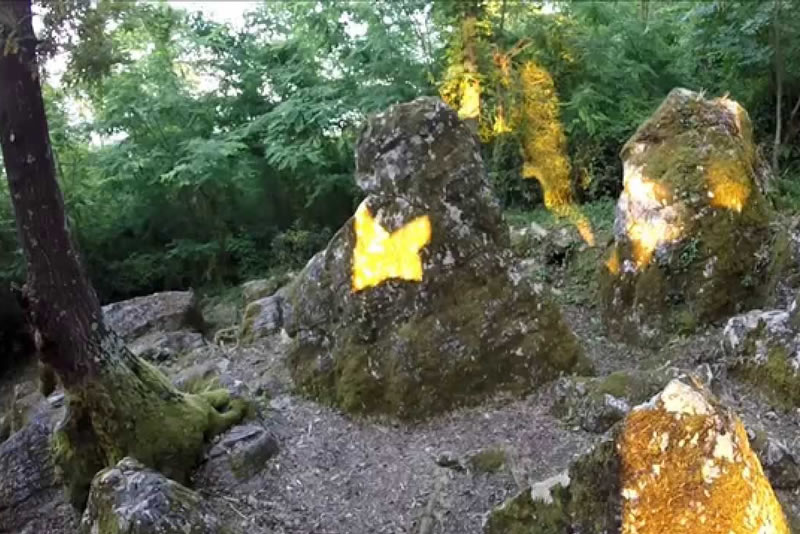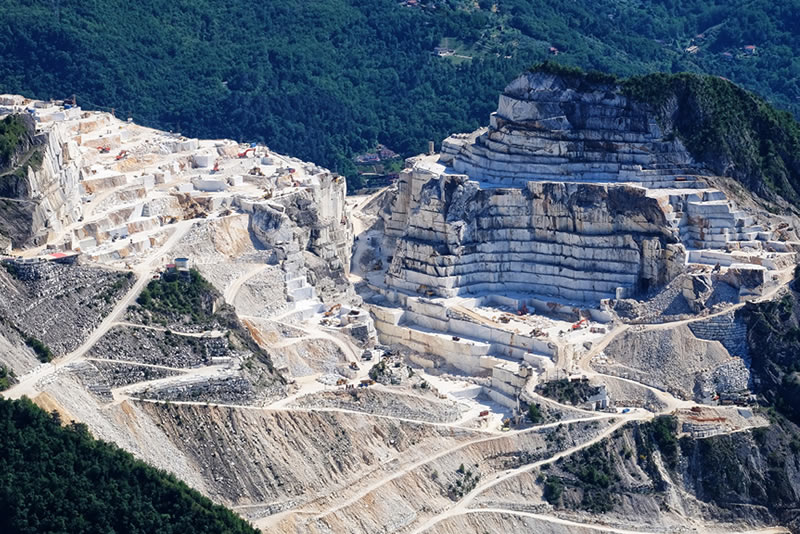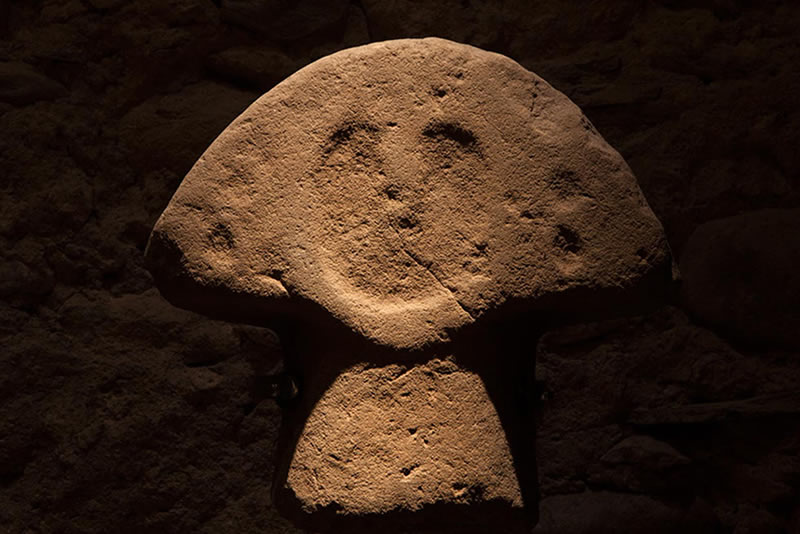Luni and its archaeological excavations
Luni is a historic hamlet in the Magra Valley located at the foot of the Apuan Alps, not far away from the Magra River. It’s easily accessible by car, it takes just a few minutes time from the Bocca di Magra locality, and offers the unmissable opportunity to visit its open-air archaeological site, in fact Luni is home to the National Archaeological Museum which includes finds from the ancient Roman city of Luna uncovered thanks to the archaeologists incessant research. The guided tour winds through the ancient Domus inside the walls and also includes a visit to the Roman Amphitheater.

